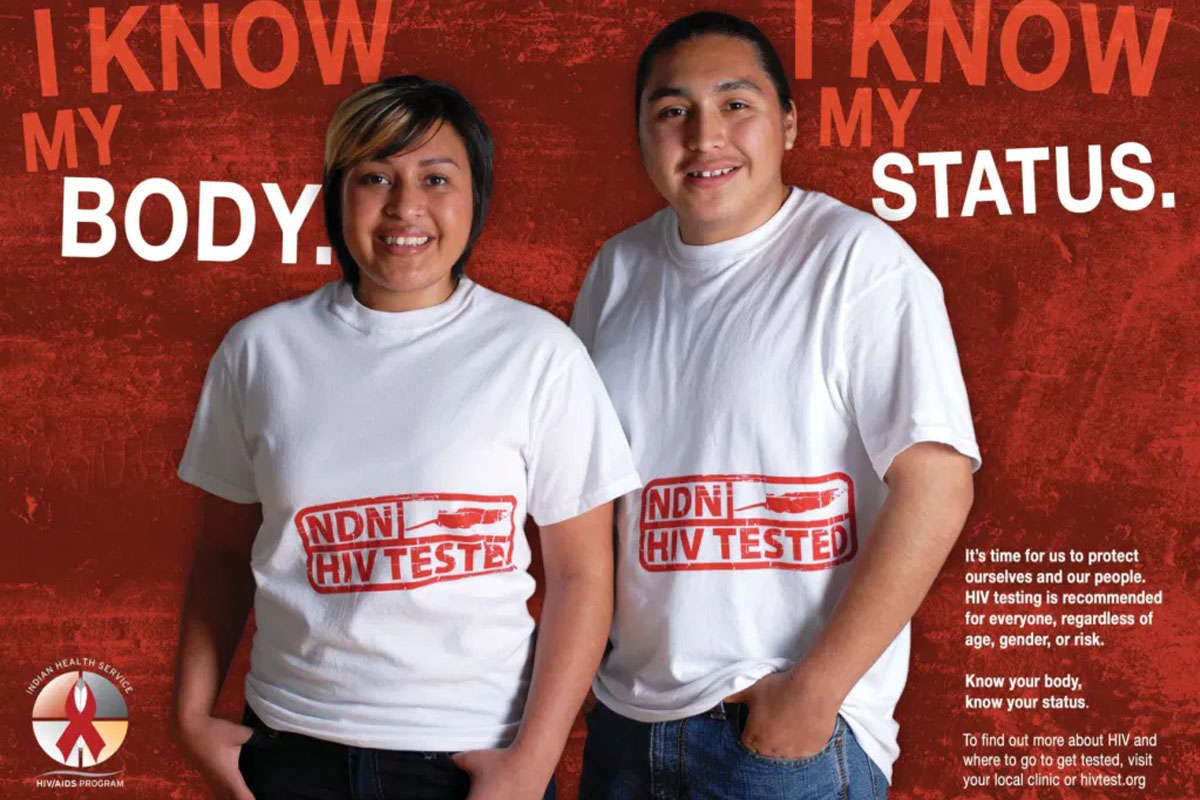
Getting tested for HIV is important for your personal health, the relationships that you’re in, and your future.
“The growth of new infections continues to pose serious health risks. According to the CDC, today in the U.S. 1.2MM people are infected with HIV. 20% of those infected are unaware of their HIV status. Those undiagnosed 20% are responsible for up to 70% of the new infections each year in the United States.”
- The sooner you get tested, the sooner you can access treatments and information to help you manage the condition and delay the onset of Aids, should you test positive for HIV. The earlier on in the progress of the infection you get tested and get effective treatment, the easier it is to keep your immune system healthy. Your doctor can monitor your immune system and help you avoid opportunistic diseases, or manage these when they occur.
- You may not be in a position to afford antiretroviral medications and other treatments. However, there are additional ways of ensuring that you stay as healthy as possible, such as learning about how to follow a lifestyle with good nutrition and suitable exercise, and avoiding damaging substances such as cigarettes and alcohol.
 HIV/AIDS Quick Facts:
HIV/AIDS Quick Facts:
- HIV is the virus that causes HIV infection. AIDS is the most advanced stage of HIV infection.
- HIV is spread through contact with the blood, semen, pre-seminal fluid, rectal fluids, vaginal fluids, or breast milk of a person infected with HIV. In the United States, HIV is spread mainly by having anal or vaginal sex or sharing drug injection equipment with a person infected with HIV.
- The use of HIV medicines to treat HIV infection is called antiretroviral therapy (ART). ART involves taking a combination of HIV medicines (called an HIV regimen) every day.
- ART can’t cure HIV infection, but it can help people infected with HIV live longer, healthier lives. HIV medicines can also reduce the risk of transmission of HIV.
HIV is a public health issue among the approximately 5.2 million American Indians and Alaska Natives (AI/AN), who represent about 1.7% a of the US population. Compared with other racial/ethnic groups, AI/AN ranked fifth in estimated rates of HIV infection diagnoses in 2013, with lower rates than in blacks/African Americans, Hispanics/Latinos, Native Hawaiians/Other Pacific Islanders, and people reporting multiple races, but higher rates than in Asians and whites.
